Your horse belongs to the army now – part two
In the second instalment of our two part post on army horses in the First World War we will take a look at the scale of the operations of the Army Remount Service and in particular the work of the Romsey Remount Depot.
The acquisition of horses for the war effort was an enormous operation. In his book, The horse and the war, Sidney Galtrey states that 165,000 horses were ‘impressed’ by the Army in the first twelve days of the war alone. Records show that during the course of the war some 468,000 horses were purchased in the UK and a further 618,000 in North America.
This massive increase in numbers required a rapid expansion of the Remount Service, part of this expansion was the establishment of a new depot at Romsey to receive horses that arrived in Southampton, having been purchased in the USA.
Construction of Romsey Remount Depot began in November 19 14. It was completed in just over four months, for a cost of £152,000, with the first two horses arriving on 19th March 1915. The Commandant of the depot, Colonel H M Jessel, recorded its activities in The story of Romsey Remount Depot.
14. It was completed in just over four months, for a cost of £152,000, with the first two horses arriving on 19th March 1915. The Commandant of the depot, Colonel H M Jessel, recorded its activities in The story of Romsey Remount Depot.
A fairly typical month was July 1916 when Jessel records the daily ‘ins’ as 2533 animals and the ‘outs’ as 1374. During the course of the war a total of 118,755 animals came into Romsey and 114,636 were sent out for active service.
The record of the veterinary work at Romsey for May 1917-October 1918 shows that 5,458 animals were admitted to the Veterinary Hospital but just 35 died or had to be destroyed. The most common reasons given for the deaths is enteritis or fractures.
It would appear from the inscriptions on the paintings by Lionel Edwards that featured in our earlier post at least one of these horses spent some time receiving veterinary treatment at Romsey as the painting is labelled ‘nasal eruption not glanders’.
If you are interested in finding out more about the remount service – why not pay us a visit and look at the items that we have in our collections?
References
Galtrey, Sidney (1918) The horse and the war London : Country Life and George Newnes
Hume, Robert (2010) The story of the Army Remount Service (unpublished)
Jessel H. M. [1919] The story of Romsey Remount Depot London: Abbey Press
Image: Entry for July 1916 from The story of Romsey Remount Depot

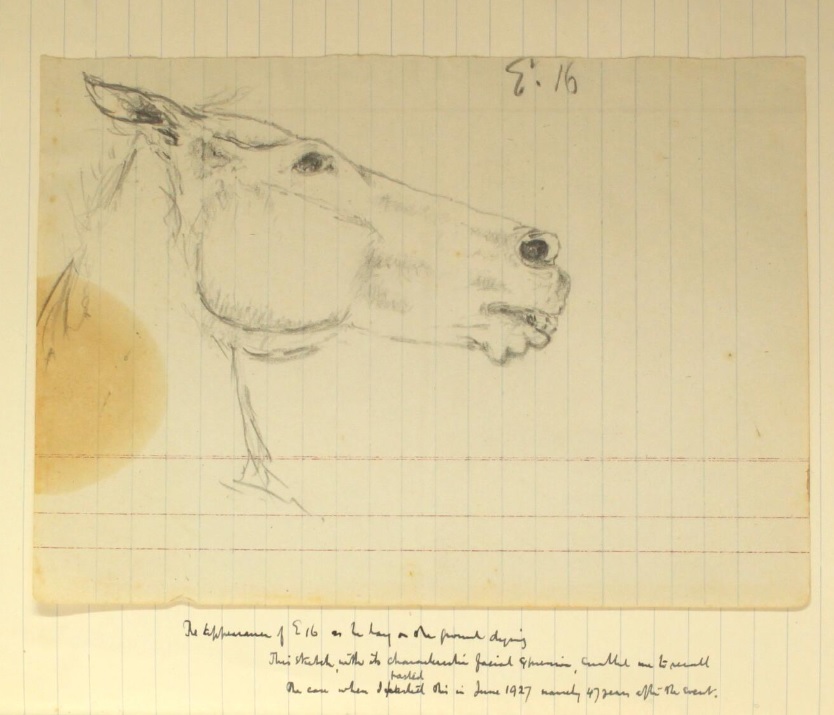


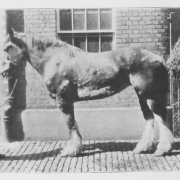



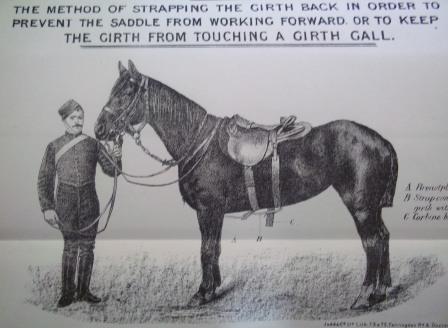
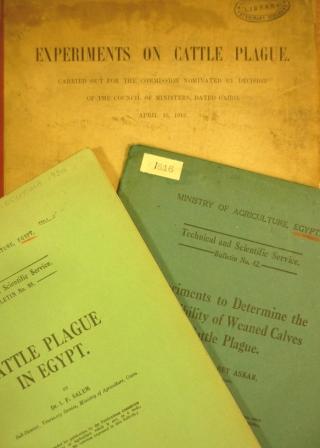
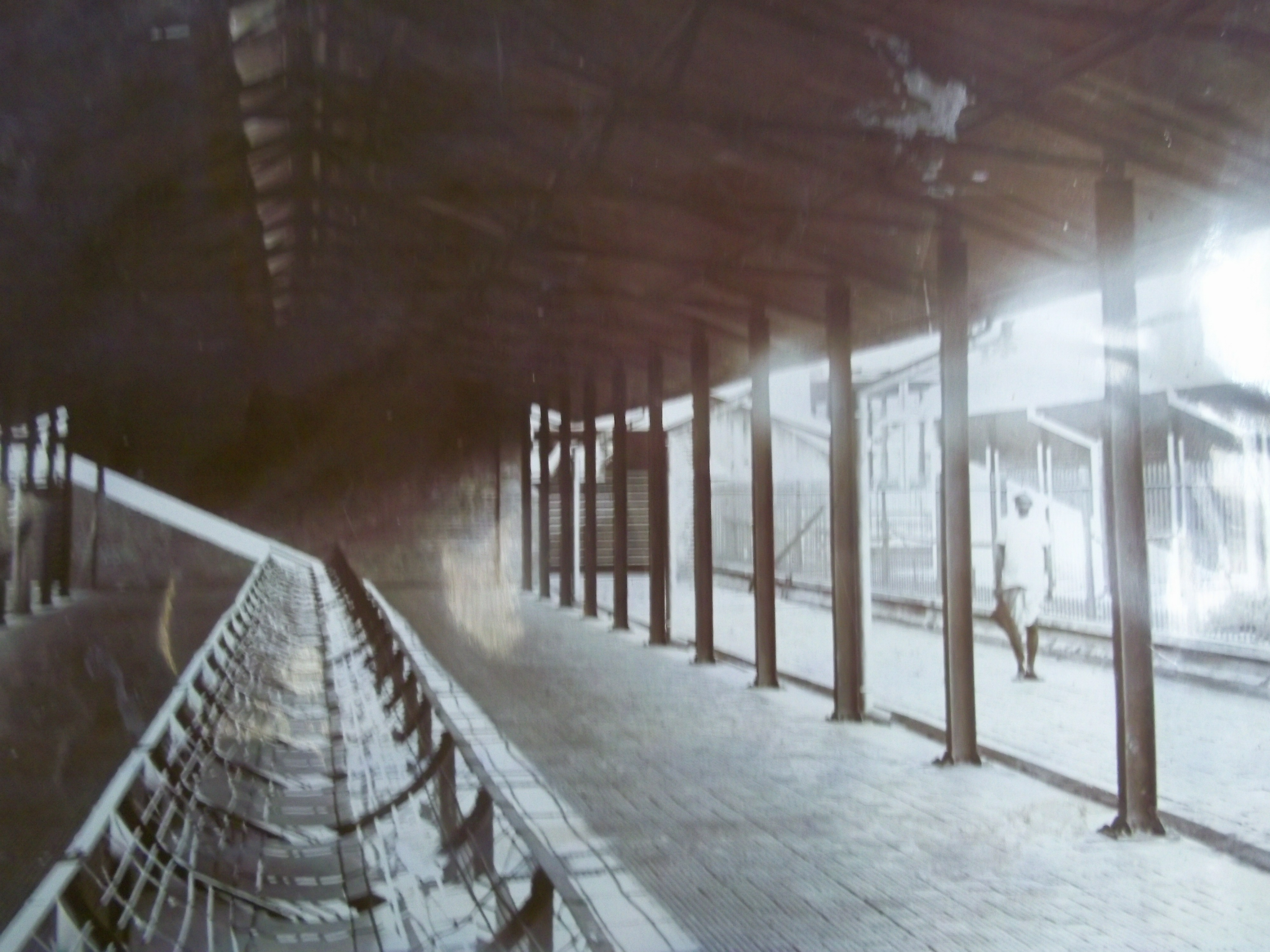
How long did it take for the tens of thousands of horses and mules to be shipped across the Atlantic from the U.S. and Canada, to Romsey Remount Depot.? E.g. one shipment, in view that the crossings were dangerous.
That is an interesting question – I will try and find an answer
Thank you I will be much obliged.
In Blenkinsop’s History of the Great War based on official documents: Veterinary Services (1925) there is a report by AE Boyer MRCVS ‘Fitting ships for remounts’ (Appendix C part 3). In a section on the pay of staff Boyer gives an example of a voyage ‘A ship left Boston on November 18th, 1917 … the voyage to England lasted until December 6th, being 19 days.’ In the same report it states that the ship should be capable of at least 10 knots – this is not only ‘necessary to shorten the length of the voyage.. it is invaluable for ventilation purposes.’
Thank you Clare for your reply. A long time at sea for all of them, bless them poor things.